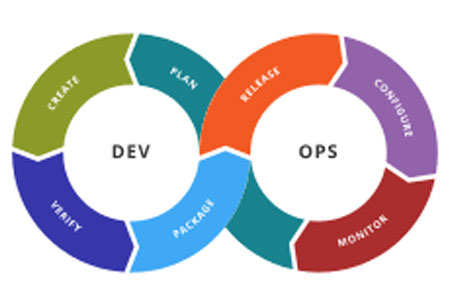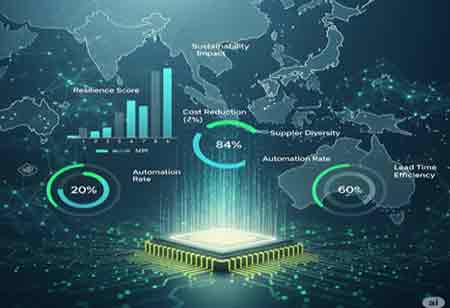THANK YOU FOR SUBSCRIBING
Expanding DevOps Strategy for Smarter Business Applications
To achieve DevOps effectively, the developed software should meet certain architecturally requirement standards such as modifiability, monitorability, feasibility, and deployability in an acceptable limit and effective manner.

By
Apac CIOOutlook | Thursday, January 01, 1970
Stay ahead of the industry with exclusive feature stories on the top companies, expert insights and the latest news delivered straight to your inbox. Subscribe today.
Patrick Debois coined the term DevOps, which is described as an integrated approach of software development teams as well as IT operation teams working collaboratively in achieving the specific task. With evolvement in technologies, it has become the key focus in reforming the future of the software industry, and its recognition is going to peak in 2018.
In practice, to achieve DevOps effectively, the developed software should meet certain architecturally requirement standards such as modifiability, monitorability, feasibility, and deployability in an acceptable limit and effective manner. Furthermore, in DevOps model management workflows, the automated pipelines developed helps to retrain, reselect, and redeploy the production models more stable and efficiently along with deploying AI based ML-driven approaches to achieve the demands of an enterprise. This process will provide a more clear infrastructural model accelerating as Infrastructure as Service and Database as a service through DevOps.
Furthermore, processing towards the future, several key factors are identified which will reshape the future of DevOps. The main focus is on the advanced assembly line system. The traditional way of pipeline system provides complete visualization about the particular app, and its advancement towards the latest assembly system provides insights into deploying the entire automation system in the complete software development cycle.
Automation will be an important aspect in the near future. The concept of zero-touch automation will be a future perspective and is vital for things that can deploy automation effectively. Moreover, the demand for automotive testers, who are well versed with coding and automotive scripts, will be of huge demand, since understanding the tools and writing automotive scripts is time-consuming. Increased efficiency can help a product to be delivered faster in the market with advanced features.
Security is one of the primary concerns. Several testing functionalities such as “shift left” has successfully allowed to identify the bugs and fix it sooner to enable fast processing and more frequent production rate. Advancement has led DevOps to shift from a traditional security system to DevSecOps, treating security as a code and deploying it in the early stages of the development cycle.
The increase in data size will lead to the development of more complex clusters, and there is a requirement of the orchestration tool to manage the container clusters. Kubernetes is now serving as the orchestration tool of choice, and in the future, there may be newer tools which offer similar benefits.





